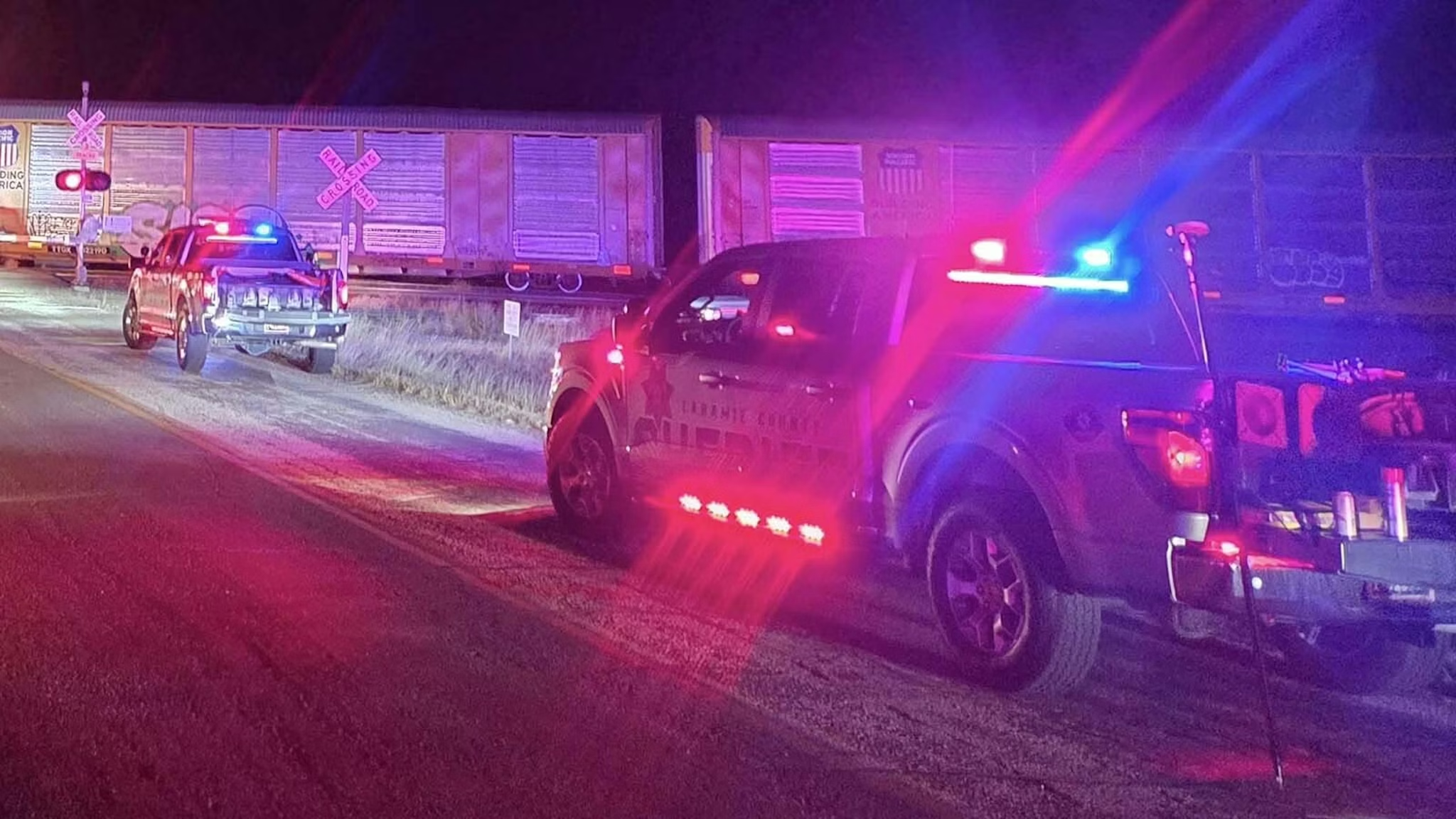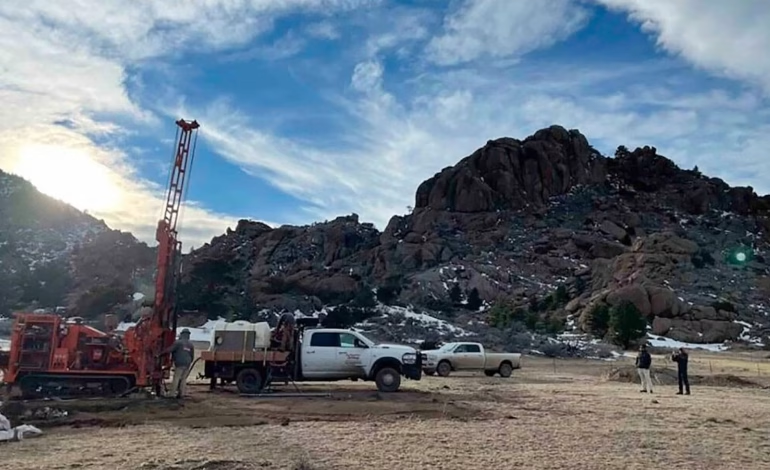After decades of flying under the radar, rare earth mining is back on America’s priority list—and Wyoming is suddenly front and center. With three separate projects moving ahead, the Cowboy State is now home to the biggest cluster of US rare earth development in decades, part of a push to cut China’s 85% stranglehold on global processing.
One of the main players, American Rare Earths, is using its Halleck Creek project near Wheatland as a case study in how to get a modern rare earth mine off the ground. And this summer, they’ve been moving fast.
“The state of Wyoming is at the forefront of this kind of developing area of mining,” said Joe Evers, president of Wyoming Rare USA, American Rare Earths’ US subsidiary. “But it’s something that’s important for the nation.”
Rare earths might not sound glamorous, but they’re everywhere—fighter jets, electric cars, wind turbines, even your fridge and dishwasher. As Energy Secretary Chris Wright said on a recent trip through Wyoming: “Anything in your life that has a button” probably has rare earth elements making it work.
The first hurdle was proving that Wyoming rock could actually give up its rare earths in a commercially viable way. This summer, American Rare Earths sent ore to a Canadian lab for testing. Researchers mixed up 25 different chemical “recipes” to pull out the good stuff.
The results were encouraging: about 85% recovery of praseodymium and 84% recovery of neodymium—two metals critical for high-powered magnets in EVs and wind turbines. Even better, a new gravity spiral step helped strip out pesky contaminants like iron before extraction.
“It’s basically panning for gold, but with rare earths,” Evers explained.
Lab success is one thing; real-world mining is another. So in July, the company ordered gear for a demonstration plant to test at a larger scale. Think of it as moving from an Easy-Bake Oven to your mom’s kitchen: still small batches, but closer to what commercial mining would look like.
In August, crews blasted and dug out about 3,200 tons of ore—just a test pit, not a full mine. The material will be used to fine-tune the demonstration plant and show potential customers what the final product could look like.
Behind the blasting and rock-crushing, the less flashy work matters just as much. In late August, American Rare Earths ran a 24-hour groundwater pump test, a regulatory must-have before the state will issue permits. No baseline hydrology data, no mine.
Wyoming has the geology, infrastructure, and now, momentum. But hurdles remain. Processing rare earth ore into oxides—what manufacturers actually need—is expensive and complicated. Experts like longtime mineral economist David Hammond caution that early lab success doesn’t always scale up, especially since Halleck Creek’s ore is locked in one of the hardest minerals on Earth: allanite.
Still, Wyoming officials say the effort is vital.
“They’ve been doing a lot of work this summer—drilling, test mining, groundwater monitoring,” said Sean Schaub of the Wyoming Energy Authority. “It’s all about de-risking the project. You don’t spend tens of millions until you’re sure it’ll amount to something.”
For now, Wyoming has become the test kitchen for America’s rare earth revival—trying to turn promising lab recipes into a homegrown industry with global stakes.
The original story by David Madison for Cowboy State Daily.










The latest news in your social feeds
Subscribe to our social media platforms to stay tuned